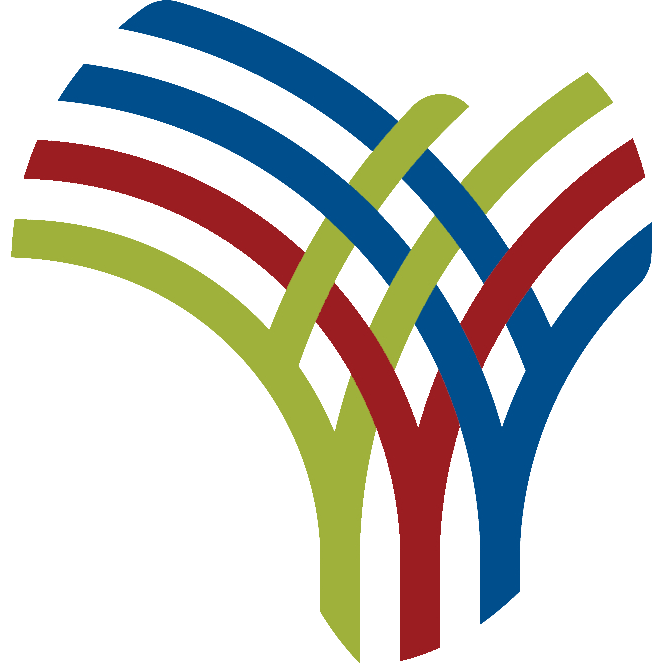Closing Africa’s financing gap requires that countries tackle issues such as unproductive tax policies, leakages in revenue collection and underdeveloped capital markets, Vera Songwe, the UN Under-Secretary-General and Executive Secretary of the ECA, stressed on Thursday, May 12.
She stressed this in Dakar, Senegal, during the 54th session of the Economic Commission for Africa (ECA) Conference of Ministers which runs from May 11 to 18.
The annual Conference of African Ministers of Finance, Planning and Economic Development is the UN Economic Commission for Africa’s largest annual event. It provides an opportunity for participants to debate key issues concerning Africa’s development, and discuss the think tank’s performance in delivering on its mandate.
Pre Covid-19, the continent needed $200 billion, every year, to achieve agenda 2030. Post-pandemic, an additional $150 billion, annually, is needed to implement the SDGs. It is also noted that the continent’s adequate recovery requires an additional $285 billion for the next five years, as per IMF estimates.
The financing gap, it is noted, is especially critical in education, health, infrastructure and climate action.
In health, for example, $66 billion is required, annually, to address key health issues on the continent. Africa’s health issues include reducing the disease burden; and checking maternal mortality (542 deaths per 100,000 live births in 2017; highest globally). Africa also needs to invest in intensive care units and improve access to skilled health care personnel.
Douglas Kigabo Bitonda, an economist in the macro-economics division at ECA, told The New Times that there are two main options when it comes to financing Africa’s recovery, post-Covid-19 and the Ukraine conflict.
He said: “Option one is actually an internal factor; within our continent. And that is being serious with domestic resource mobilisation. This involves reducing leakages in financial resources flows or illicit financial flows.”
The hybrid event jointly hosted by ECA and the government of Senegal runs on the theme “Financing Africa’s Recovery: Breaking New Ground.”
The programme includes high-level ministerial panels and round table discussions on how to transform the continued threat of the Covid-19 pandemic into an accelerator of growth and global prosperity.
Align SDRs with the continent’s needs
“Second is an external factor. This is all about having a voice to influence or to shape existing global financial instruments such as the SDRs to make them align with the continent’s needs,” Kigabo said.
Last year, a similar meeting held in Ethiopia stressed the need for a swift, bold and positive response on Special Drawing Rights (SDRs) in the range of 500 billion to 650 billion to arrest the devastating impact of the pandemic on the continent.
An SDR is an interest-bearing international reserve asset created by the IMF to supplement other reserve assets of member countries.
Presently, Kigabo explained, the way the SDRs are designed limits access for African countries yet it is African countries that need them the most.
He said: “In the last SDRs released by the IMF, Africa got only around five per cent ($32.5 billion) of the total amount of SDR ($650 billion).”
Among the resolutions overseen by the Bureau of the Committee of experts at last year’s conference was a call for an increment in SDRs to African countries, finding better ways to tackle Covid-19, and technical support for implementing the African Continental Free Trade (AfCFTA) agreement.
Earlier, Songwe told the Dakar session that the ECA responded with action to the resolutions approved at the 53rd Session and has been working on their implementation.
She said: “The ECA has continued its advocacy and support to member states to implement the AfCFTA in collaboration with the African Union Commission. As part of evidence-based advocacy, the ECA developed a tool called the African Continental Free Trade Area Country Business Index (ACBI), a key instrument through which businesses in Africa can articulate to policymakers their main trade challenges under the free trade agreement.”
Crowd-in private investment
Leonard Rugwabiza, a Senior economist at Rwanda’s Ministry of Finance and Economic Planning, told The New Times that many options are being discussed in terms of closing the gap in financing Africa’s recovery “but, maybe, the most important and the one that has most significant potential impact in the future is the capacity to crowd-in private investment or financing.”
Léonard Rugwabiza, a senior Rwandan economist, speaks Thursday, May 12, during the ongoing 54th session of the Economic Commission for Africa Conference of Ministers being held in Dakar, Senegal.
As noted, crowding occurs when higher government spending leads to an increase in private sector investment. The crowding in effects occurs because higher government spending leads to an increase in economic growth and therefore encourages firms to invest since there are now more profitable investment opportunities.
“For the last eight years or so, when talking about agenda 2030, all recognize the need to mobilize private financing. Trillions of dollars are held or managed by private funds. But very little progress has materialised in mobilising those,” Rugwabiza said.
“As we talk about increased mobilisation of public resources, including advocating for rechanneling of SDRs allocation from developed countries that may not need it, it is important that countries measure their success in using those resources to leverage private investment.”
The current meeting will also feature the launch, on May 14, of ECA’s flagship Economic Report on Africa, an annual publication that provides a comprehensive analysis of developments in African economies over the preceding year and makes predictions about the following year.
Titled, “Addressing the Challenges of Poverty and Vulnerability in the Time of Covid-19,” the report which also gives an overview of the global economy, contains an analysis of the causes and consequences of the increase in poverty during the pandemic.
According to UNECA, the key messages of the report are that poverty in Africa is highly dynamic, that poor people move into and out of poverty because of volatile consumption, and that their inability to manage risks increases their vulnerability.

